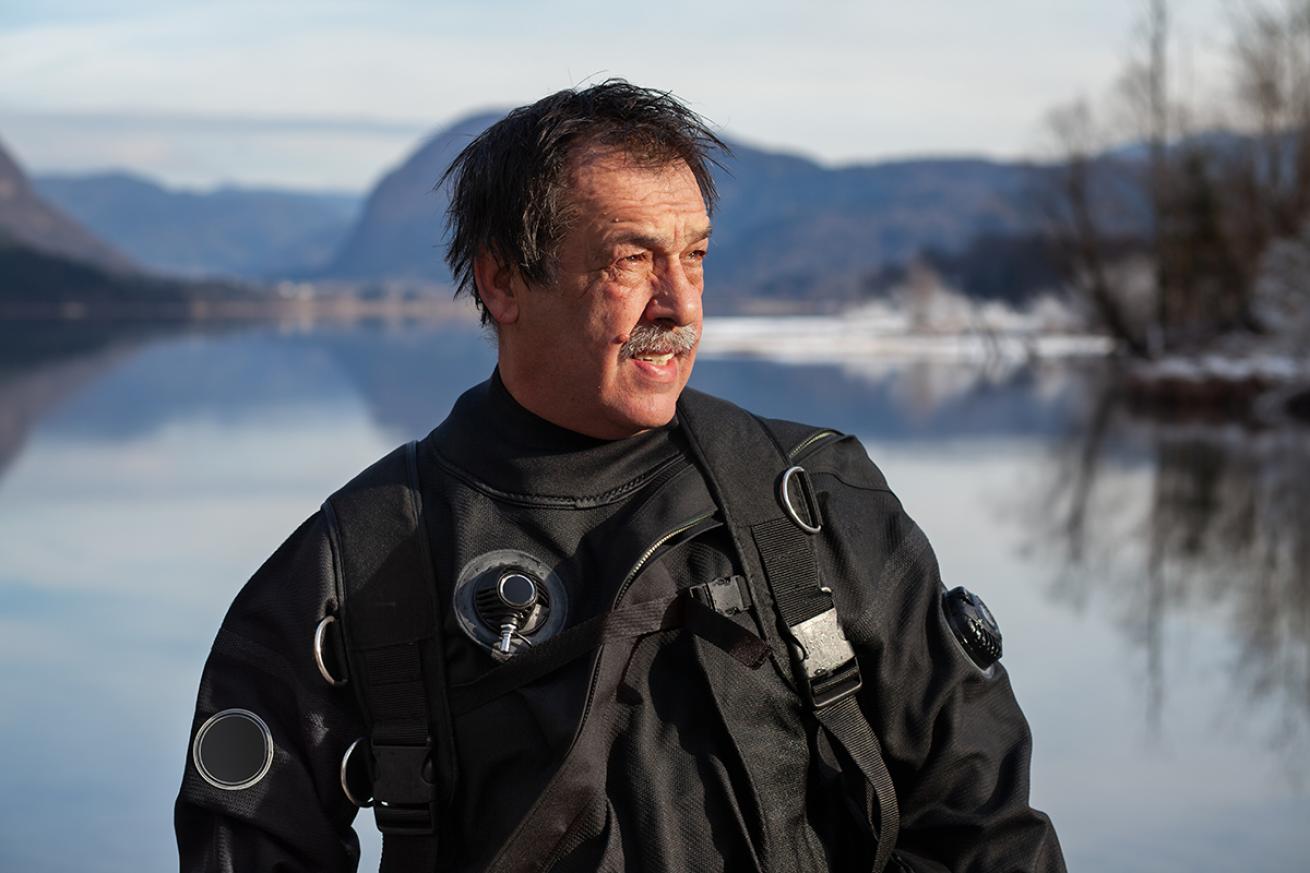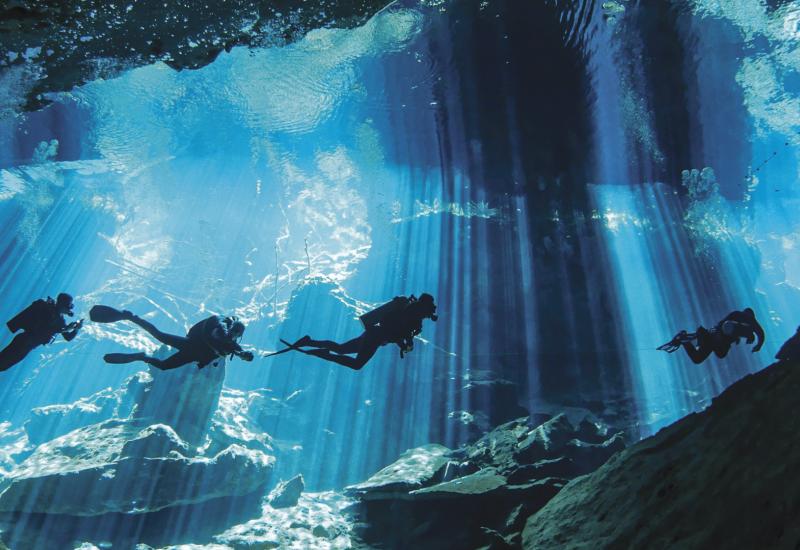What You Need to Know About a PADI Dry Suit Diver Certification

Shutterstock.com/Slav ProductionsCold water is no match for all the layers that you can fit under a dry suit.
Scuba divers love finning through warm, tropical water unencumbered by bulky wetsuits, but that’s not the only way to dive. At a time when most divers are unable to visit their favorite tropical destinations, taking the PADI Dry Suit Diver specialty can open up exciting diving adventures in colder waters closer to home.
“Whether you plan to dive in the Great Lakes or the Pacific Northwest, or you dream of traveling to Iceland to dive the continental plates, the whole world opens up when you learn this type of diving,” says Annie Crawley, a Seattle-based instructor, PADI AmbassaDiver and Scuba Diving magazine Training columnist who teaches PADI Dry Suit Diver as part of her local youth scuba diving team. “I teach Dry Suit Diver to kids as young as 10, and we dive comfortably year-round because snow and wind are no problem.”
Benefits
A drysuit is a full-body diving suit with watertight seals around the wrists and neck so your body stays dry underwater. Divers wear one or more layers of undergarments made of fleece or other high-performance thermal material to stay warm, even in very cold conditions. Inflation and deflation valves, similar to those on your BCD, allow you to equalize the suit and control your buoyancy.
“Anybody can stay warm in a drysuit, even people who tend to get cold quickly using a wetsuit,” Crawley says. “That helps people dive more often and enjoy longer bottom times.”
What You'll Learn
Students can start by taking the knowledge development online before jumping into a swimming pool with their instructor to get their first hands-on experiences. One of the most important skills is how to safely control buoyancy and body position in the water, to avoid trapped air that could cause an uncontrolled ascent.
“In the pool, we teach students how to establish neutral buoyancy, how to disconnect and reconnect the low-pressure valve, and how to reposition their bodies if they find themselves in feet-first ascent,” Crawley says. “We also teach them care and maintenance of their suits, how to take the suit on and off, and strategies for staying warm before, during and after their dives.”
To complete the certification, divers also make two open-water dives in the suits, where they demonstrate skills learned in the pool. Divers as young as 10 can take PADI Dry Suit Diver; the only prerequisite is an Open Water (or Junior Open Water) certification.










